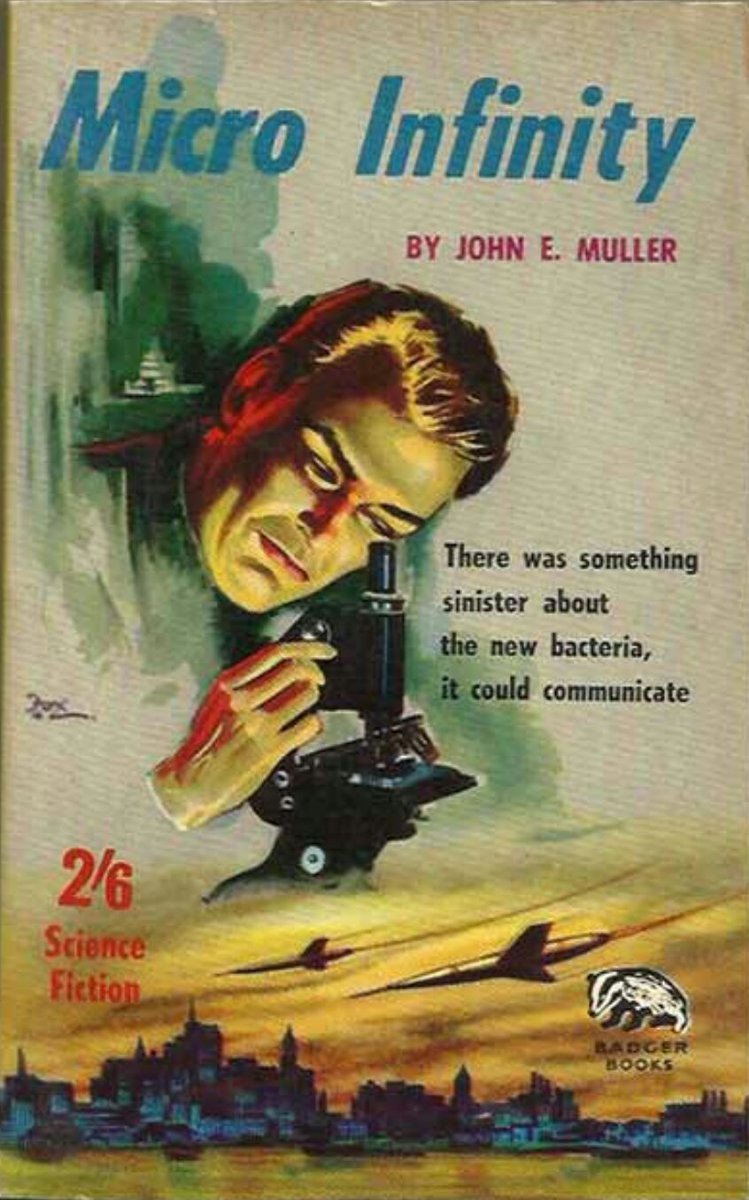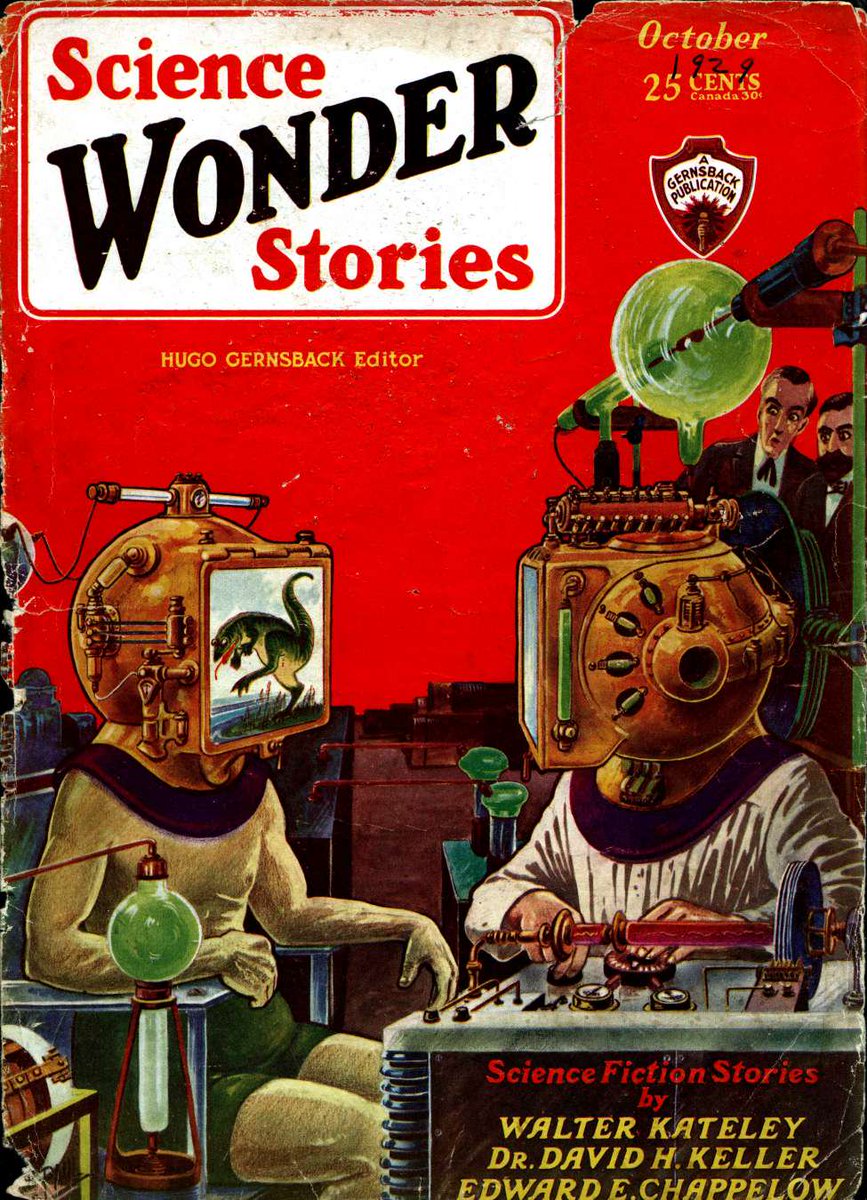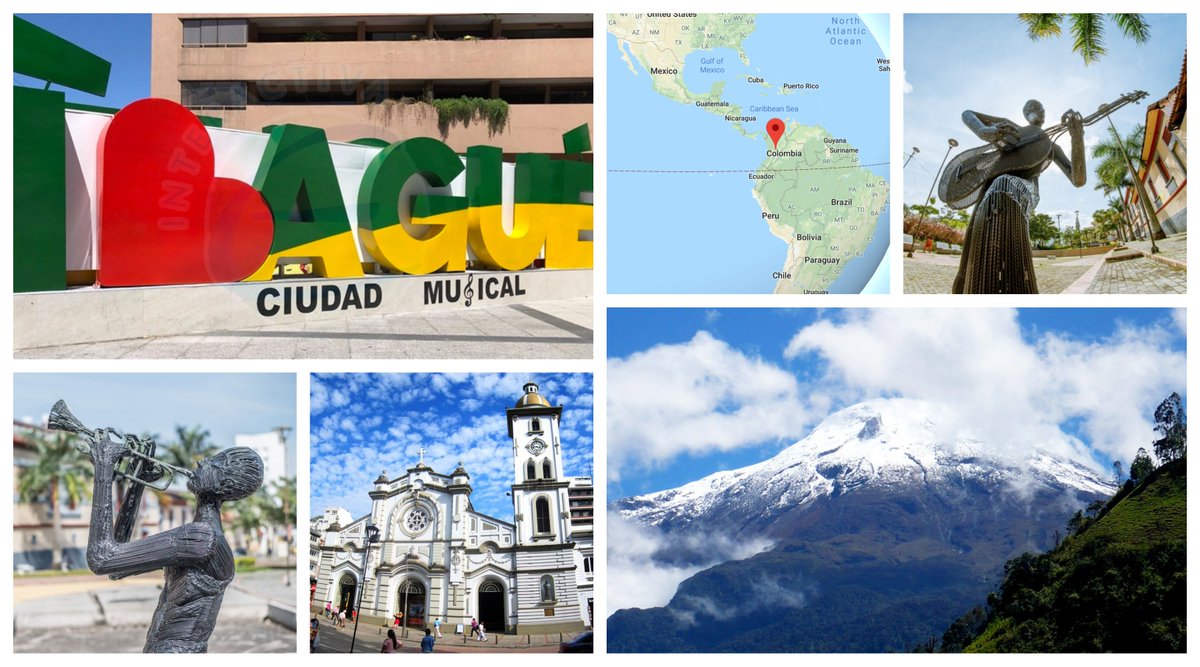Probably not. Possibly. The root of the tree of life is very hard to get to, but an amoeba found in Bradford in 1992 has made us think again about the common ancestor all life descended from. Let's take a look...
But the story has one big flaw...
Now wash your hands...
























